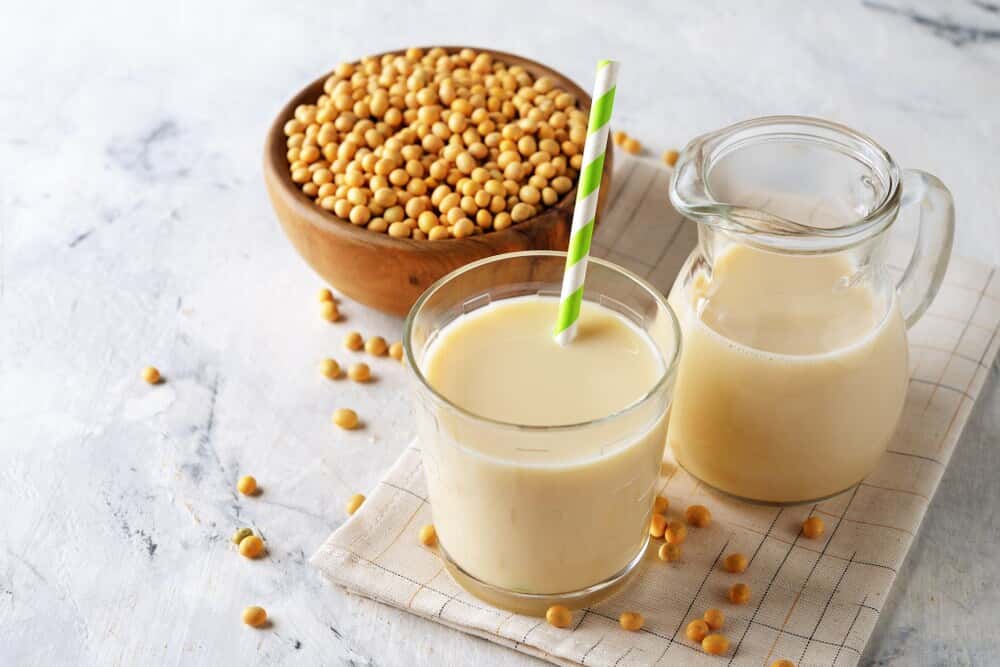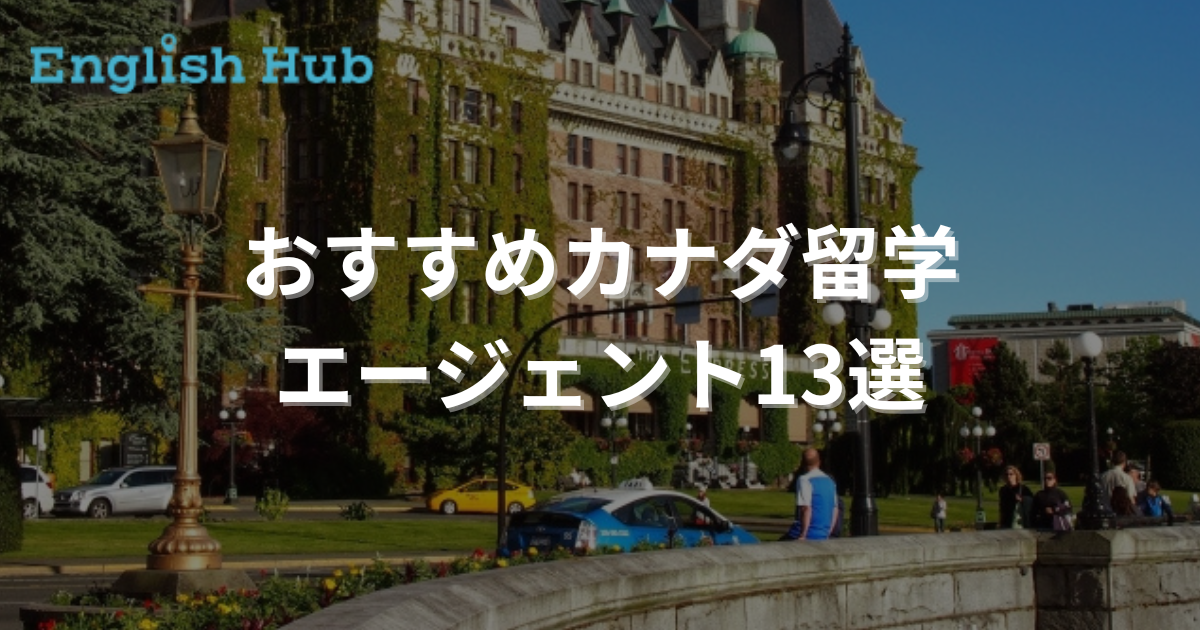英語力アップのために、英文記事を読む習慣を身に付けてみませんか?インターネットではさまざまな種類の英文記事やニュースが公開されていますが、難易度の高いテーマはなかなか最後まで読み切ることができないという方も少なくないはずです。そんな時は、まずは私たちの生活に関わる身近なトピックでリーディングに挑戦してみましょう。
「英文記事で英語学習」シリーズでは、日本のサステナブルな取り組みを世界に向けて発信するメディア、「Zenbird」の英語記事を紹介します。
今回のテーマは、植物性ミルクです。最近は、スーパーやコンビニエンスストアの乳製品売り場で、牛乳以外にも豆乳やアーモンドミルク、オーツミルクなど幅広い種類のミルクを目にします。このような植物性ミルクには、牛乳と比べてどのようなメリットがあるのでしょうか。
このページでは、下記の英文記事の中から特に重要なパッセージをピックアップしているので、興味がある方は記事全文のリーディングにも挑戦してみてください。
植物性ミルクは英語で何という?
植物性ミルクは、英語で“plant-based milk”といいます。ミルクだけでなく、plant-basedとあわせて「ingredients(食材)」や「cuisine(料理)」「diet(食事)」などの単語を使うことで、「植物性の〇〇」という意味を表すことができます。
- plant-based:(形)植物性の
【例文】In Japan, we have a traditional cuisine made entirely from plant-based ingredients such as vegetables and tofu.
(日本には、野菜や豆腐など、すべて植物性の食材から作られる伝統料理がある。)
【引用元】Five traditional Japanese plant-based dishes to save climate crisis
【例文】One kind of plant-based diet in Japan is called shojin ryori.
(日本における植物性の食事の一種は、精進料理と呼ばれる。)
【引用元】A guide to shojin ryori, Japan’s sustainable plant-based cuisine
Reading Part 1 - 本文を読んでみよう
植物性ミルクの需要が拡大している背景にはどのような理由があるのか、まずはヨーロッパと日本の2つの視点から見てみましょう。
※Vocabularyの欄に記載されている語彙の意味・品詞は一例です。
In environmental terms, there are a number of reasons why plant-based milk is preferable to dairy milk. While that has motivated consumers and dairy producers in Europe to shift to plant-based milks, in Japan, consumers instead tend to be motivated by health issues, and manufacturers, like soy sauce maker Kikkoman, are expanding the use of their base raw materials to enter the milk market.
- plant-based milk:(名)植物性ミルク
- preferable to~:~より好ましい
- motivate:(動)刺激する
- dairy milk:(名)酪農乳(主に牛乳)
- raw materials(名)原料
Reading Part 2 - 本文を読んでみよう
生産の過程において、牛乳と植物性ミルクそれぞれが環境に与える影響にはどのような違いがあるのでしょうか。この段落では、比較の観点として4つのポイントが挙げられています。
There are various ways to measure the environmental impact of dairy and plant-based milks. A particularly striking way is land use. While 8.95 square meters of land is needed to produce just 1 liter of cow’s milk, plant-based milks require just a fraction of that to make the same amount. For instance, at 0.66 ㎡, soy milk uses less than 8% of the land needed for cow’s milk, and rice milk is lower still at 0.34 ㎡.
It’s a similar story for greenhouse gas (GHG) emissions. The production of dairy milk emits 3.15 kg of GHG per 100 ml, which is 4.5 times more than almond milk, and 3.5 times more than the same amount of oat milk. The production of cow’s milk also uses more fresh water than any of the plant-based milks.
In talking about sustainable food production, eutrophication is one of the biggest concerns regarding the environmental impact of agricultural practices. It refers to the increase over time in the concentration of phosphorus, nitrogen, and other plant nutrients in the water ecosystem. As you might imagine, the production of cow’s milk is 10 times worse in terms of eutrophication than soy milk manufacture is, and 7 times worse than almond milk.

- striking:(形)著しい
- land use:(名)土地利用
- square meter:平方メートル(㎡)
- require:(動)必要とする
- a fraction of:ほんのわずかな
- greenhouse gas (GHG):(名)温室効果ガス
- emission:(名)排出
- eutrophication:(名)富栄養化
- agricultural:(形)農業の
- phosphorus:(名)リン
- nutrient:(名)栄養分
Reading Part 3 - 本文を読んでみよう
日本の植物性ミルク市場は、これまでどのように成長してきたのでしょうか。さまざまな種類のミルクの選択肢が増えた今、環境への影響や生産過程における倫理面も考慮した商品選びが求められています。
While the trend in Europe and the US is that dairy product companies have expanded into the plant-based milk market, in Japan, that market has grown in a different way. The most common and popular plant-based milk by far in Japan is soy milk. In 2019, soy sauce maker Kikkoman held 50% of the soy milk market share here. According to Kikkoman, which is a major Japan food company that also produces traditional seasoning products such as soy sauce, mirin and sake, the amount of soy milk produced in Japan in 2019 was 409,000 kl, which is about double the amount produced in 2010.
As consumers worldwide look for alternative milks that are healthier for both our planet and ourselves, more and more choices in plant-based milks are emerging. Along with coconut milk and cashew nut milk, there is even hemp milk and a Swedish brand made from yellow split peas that is called Sproud. As you come across these new alternatives, as well as discovering whether their individual tastes suit you, please also check on how environmentally friendly they are, and that they are made under ethical work conditions. Your decisions can change our food system.
- expand:(動)拡大する
- by far:非常に、断然(最上級や比較級を強調)
- alternative:(形)代わりの
- emerge:(動)出現する
- hemp milk:(名)ヘンプミルク ※ヘンプシードを原料とするミルク
- yellow split pea:(名)イエロースプリッドピー ※乾燥した黄(白)エンドウ豆を半分に割ったもの
- come across~:~を見つける、~に出くわす
- ethical:(形)倫理的な
Reading Comprehension Quiz - 理解度をチェック!
それぞれのパッセージに関連するクイズに答えて、内容の理解度をチェックしてみましょう。
- Consumers in Japan have been motivated to shift from dairy milk to plant-based milks by environmental concern. True or False?
- Various kinds of nutrients in the water ecosystem will decrease because of eutrophication. True or False?
- Kikkoman reported that the production of soy milk in Japan in 2019 had increased compared to 2010. True or False?
※正解は記事最下部へ
Listening - 英語音声の聞き取りにもチャレンジ!
“Plant-based milk trends in Japan”の内容を音声で聞きたい方は、こちらからフルバージョンを視聴可能です。今回学んだ語彙などを意識しながら、英語を聞き取れるかどうか確かめてみましょう。
まとめ
今回の記事の内容から、植物性ミルクが生産過程で環境に与える負荷は、ゼロとまでは言えないものの、牛乳と比べてとても小さいことが分かりました。SDGsへの注目の高まりや、ライフスタイル・食生活の多様化を受け、植物性ミルクを含む代替食品の市場は、これからますます発展が期待されます。大切なのは、身近な食品が店頭に並ぶまでの過程に関心を持ち、日常的に消費するものを自ら責任を持って選ぶ姿勢ではないでしょうか。
Zenbirdでは、この他の記事でも植物性ミルクや代替肉など、代替食品に関する話題を取り上げています。もっと記事を読みたい方は、ぜひウェブサイトにアクセスしてみてください。
【参照サイト】Zenbird – Discovering a Sustainable Future from Japan
- False
ヨーロッパでは、環境配慮の観点から植物性ミルクを選ぶ人が増えている一方、日本の消費者は健康面の理由で植物性ミルクを好む傾向にあると述べられています。 - False
「富栄養化」は、海や河川などの水域に含まれるリンやニトロゲン、その他の栄養素が自然状態より増えすぎてしまう現象のことで、結果として生態系バランスの崩壊につながります。 - True
キッコーマンが発表したデータによると、2019年の日本における豆乳の生産量は2010年と比べて約2倍になっています。
rina
最新記事 by rina (全て見る)
- AI英会話アプリ「スピークバディ」書籍版発売!アプリと本の併用学習が可能に - 2025年9月6日
- 【2025年】IELTS短期集中オンライン講座おすすめ10選!1ヶ月でスコアアップする選び方 - 2025年7月14日
- 英語力の維持・向上のために日常で実践できる6つのアイデア - 2024年4月4日
- 相手に伝わりやすい英語接客のコツは?言語面以外の心掛けも - 2024年1月8日
- 仲間と一緒なら継続できる。英語学習コミュニティー活用のすすめ - 2023年11月7日




















